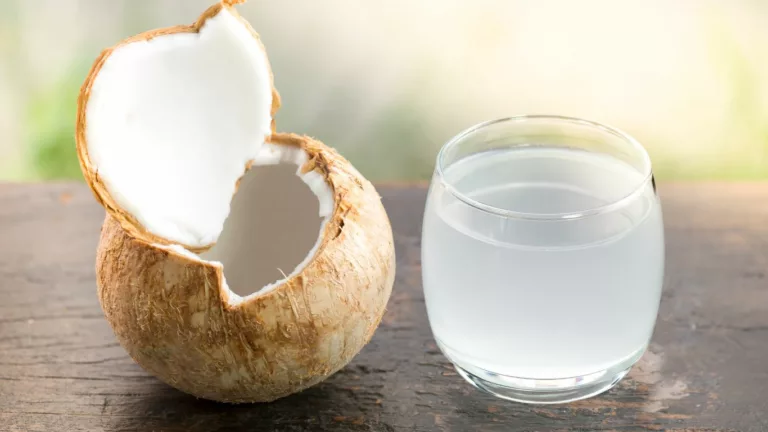Effective Blood Pressure-Safe Meal Prepping Strategies to Boost Health
When it comes to managing hypertension, one of the most powerful tools in your toolkit is meal prepping. As someone who has worked in the field of hypertension prevention and treatment for years, I can say that what you eat—and how you prepare it—can have a profound impact on your blood pressure. Today, we’re diving into some blood pressure-safe meal prepping strategies that can help you stay on track with your health goals. Whether you’re new to meal prepping or you’ve been doing it for a while, the strategies I’m going to share are both easy to implement and, most importantly, effective.
Why Meal Prepping Is Key for Hypertension Management
Meal prepping isn’t just about saving time—it’s about taking control of what you’re putting into your body. For those with high blood pressure, planning and preparing meals ahead of time ensures you have access to heart-healthy foods throughout the week. Trust me, as a hypertension expert, I’ve seen how this proactive approach can make a huge difference. You eliminate the temptation of unhealthy, high-sodium foods that can cause your blood pressure to spike, and instead, you create a rhythm that aligns with your health needs.
Besides, meal prepping doesn’t have to be overwhelming. You don’t have to cook everything in one go or have a gourmet meal every day. The goal is to make nutritious eating easy, accessible, and sustainable. And it’s even better when you can do it without spending hours in the kitchen every single day. Keep reading for simple, blood pressure-safe meal prepping strategies you can start using right away.
Smart Strategies for Blood Pressure-Safe Meal Prepping
1. Focus on Fresh, Whole Foods
Let’s talk about the foundation of any blood pressure-friendly diet: whole, unprocessed foods. When I work with patients, I always emphasize the importance of fresh fruits and vegetables, whole grains, and lean proteins. These foods are rich in potassium, magnesium, and fiber, all of which are crucial for maintaining healthy blood pressure levels. They help balance out the negative effects of sodium, which is the real culprit behind many blood pressure problems.
For example, foods like spinach, avocados, and sweet potatoes are naturally high in potassium, helping to counteract the negative effects of sodium in your diet. Meal prepping gives you the chance to ensure that these foods are front and center in your meals. Try preparing large batches of roasted vegetables or cooking grains like quinoa or brown rice to have ready for the week ahead.
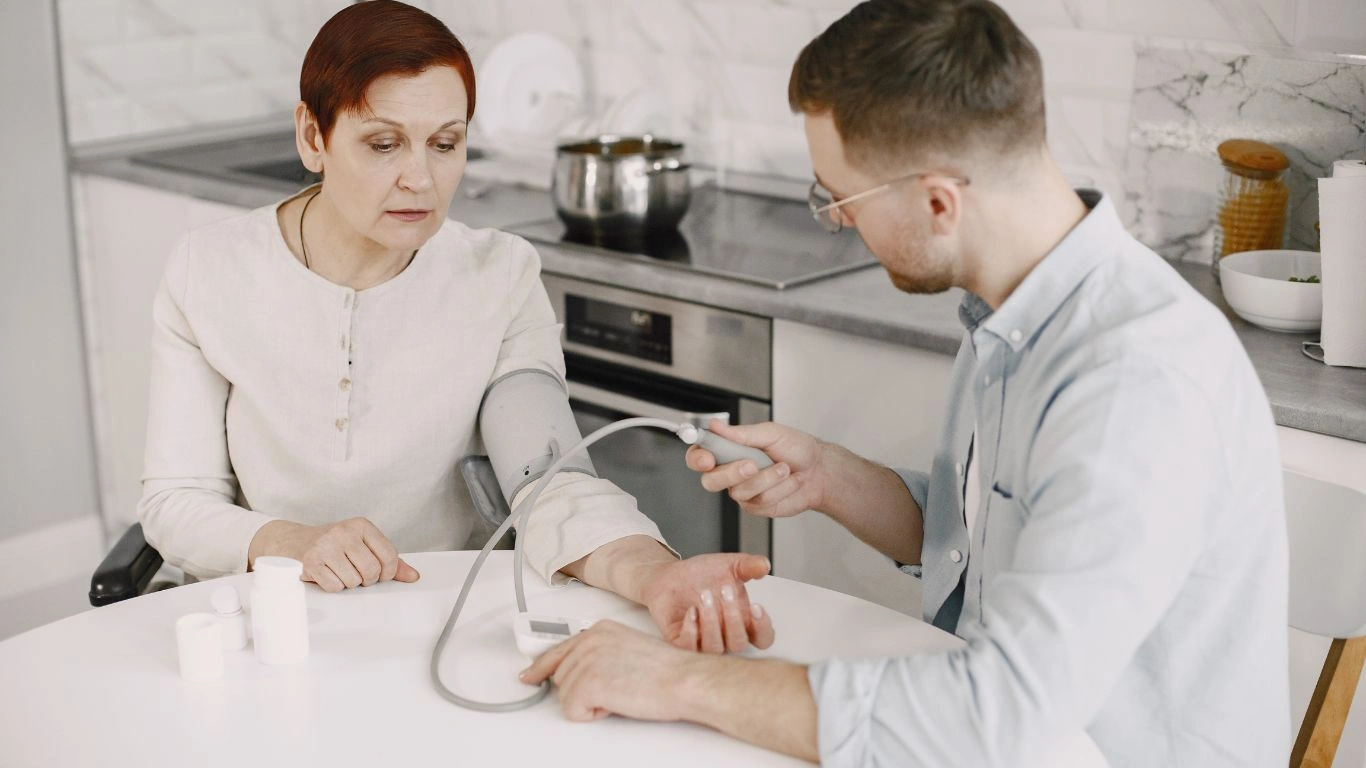
2. Reduce Sodium: The Silent Enemy
One of the most critical steps in controlling hypertension is reducing your sodium intake. This might sound easier said than done, especially if you’re used to eating processed foods or dining out regularly. But I promise you, once you start meal prepping, you gain full control over what goes into your meals. And this is where you can really make a difference in your blood pressure management.
Start by checking labels—many packaged foods are loaded with sodium. As you prep your meals, opt for fresh ingredients and avoid the temptation of pre-made sauces, canned soups, and other highly processed items. If you do need to use canned goods, make sure they’re labeled “low sodium” or “no salt added.” When you make your own dressings, sauces, and marinades, you can control how much salt you’re adding, which is key for your blood pressure.
Another simple trick is to season with herbs and spices instead of salt. You’d be surprised how flavorful your meals can be with ingredients like garlic, rosemary, thyme, and turmeric. In my practice, I’ve seen clients significantly reduce their blood pressure just by making this small but impactful change in their cooking.
Plan Ahead: Create a Weekly Meal Prep Routine
Having a structured plan in place is one of the most important aspects of successful meal prepping. It helps you stay on track and ensures you always have something healthy ready to go. Here’s how to set yourself up for success:
- Plan your meals for the week: Take some time each weekend to plan your meals. Focus on incorporating a variety of nutrient-dense foods and aim for a balance of protein, healthy fats, and complex carbs. For instance, you could prep grilled chicken with quinoa and roasted vegetables, or a hearty vegetable stew with beans and whole grains.
- Batch cook whenever possible: Cooking in bulk not only saves you time but also ensures that you’re set for the entire week. I recommend preparing meals that can easily be stored in the fridge or freezer, like soups, stews, casseroles, and stir-fries. These are the types of meals that will keep you on track with your blood pressure goals.
- Use storage containers: Invest in quality containers to store your prepped meals. Glass containers with airtight lids work best because they help maintain freshness. Be sure to portion out your meals so you know exactly how much you’re eating, which is important for portion control.
3. Include Omega-3 Rich Foods
Omega-3 fatty acids are fantastic for heart health. They help lower blood pressure, reduce inflammation, and improve cholesterol levels. This is why I always recommend incorporating sources of omega-3s into your meals, especially if you’re dealing with hypertension.
Fatty fish like salmon, sardines, and mackerel are rich in omega-3s. If you’re not a fan of fish, you can also get your omega-3s from plant-based sources like chia seeds, flaxseeds, and walnuts. As you prep your meals, consider adding a serving of omega-3-rich food to your lunches or dinners. For instance, you could prepare a salmon salad or mix chia seeds into your smoothies or oatmeal.
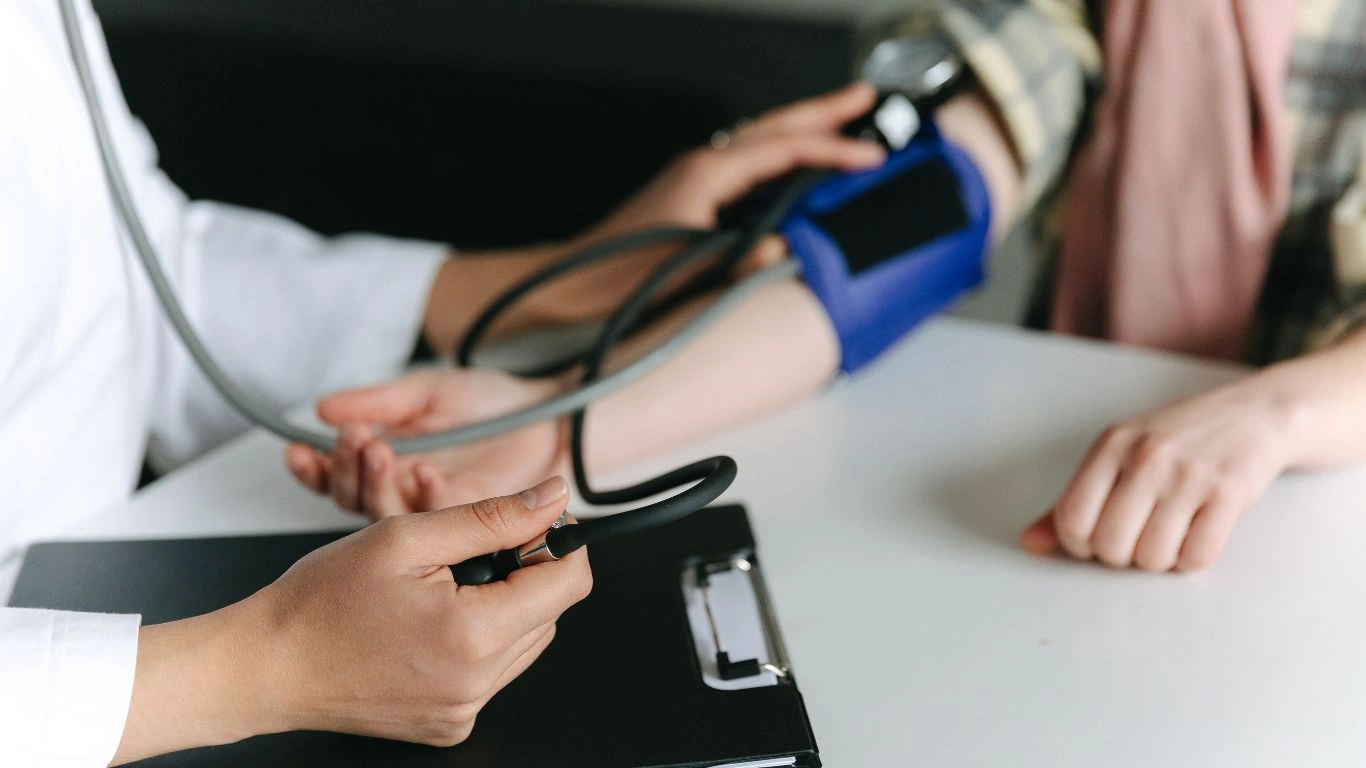
4. Portion Control is Key
Another essential aspect of blood pressure-safe meal prepping is portion control. Sometimes it’s not just about what you eat, but how much of it. Eating large portions, even of healthy foods, can contribute to weight gain, which in turn can worsen hypertension. By portioning your meals out ahead of time, you can avoid overeating and keep your calorie intake in check.
A simple trick I use is to use smaller containers or portion out each meal into single-serving sizes. This ensures that you aren’t tempted to eat too much. Additionally, remember that healthy meals can be filling without being excessive. Filling half of your plate with vegetables, a quarter with lean protein, and a quarter with whole grains is a great way to balance your meals and manage portion sizes effectively.

Stay Hydrated: Water is Your Secret Weapon
When people think about managing hypertension, they often overlook hydration. But let me tell you, staying hydrated is a game-changer when it comes to blood pressure. Personally, I’ve seen a noticeable difference in my own health, and with my clients, when they make sure they’re drinking enough water throughout the day. It’s easy to get caught up in the hustle and forget, but hydration plays a crucial role in keeping your blood pressure levels in check.
Why is this important? Well, water helps your body maintain the proper balance of fluids and electrolytes, which directly impacts your heart and blood vessels. Dehydration can lead to the narrowing of blood vessels and even cause a spike in blood pressure. So, if you want to make sure your body is functioning optimally, water should be your best friend. It’s simple, but effective.
When you meal prep, don’t just focus on the food. Plan your hydration strategy as well. Try to include foods with high water content like cucumbers, watermelon, and celery in your meals. Keep a water bottle with you at all times, and remember, hydration doesn’t always mean just water—herbal teas and unsweetened beverages also count. But nothing beats the pure hydration that water offers!
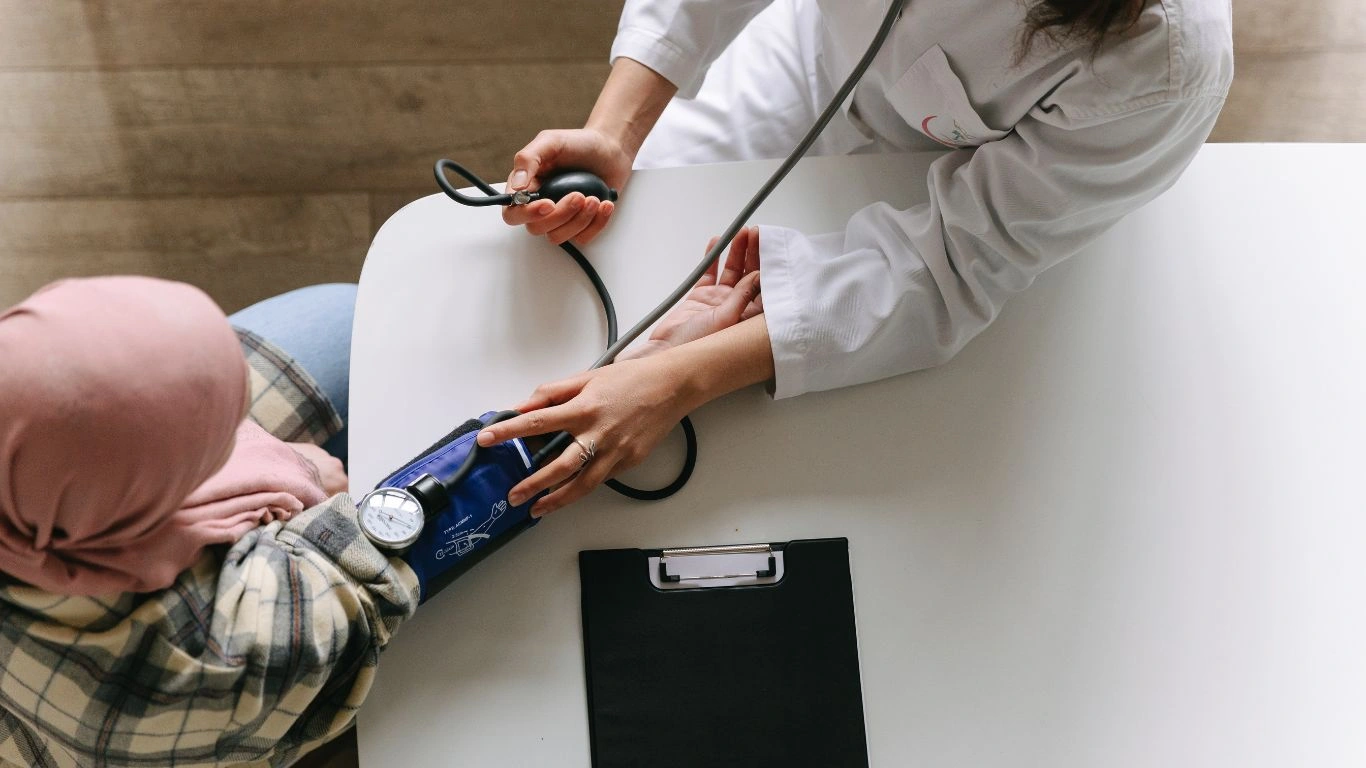
Incorporate More Fiber for Long-Term Health
Another key aspect of a blood pressure-friendly diet is fiber. As someone who regularly educates others on managing hypertension, I can’t stress enough how vital fiber is. Fiber helps lower cholesterol, regulate blood sugar levels, and, most importantly, reduce blood pressure. Plus, it promotes better digestion, which makes you feel more energetic and overall healthier.
When you’re meal prepping, try to focus on fiber-rich foods. This includes whole grains like brown rice, oats, and quinoa, as well as legumes like lentils, beans, and chickpeas. These foods not only help keep your blood pressure down, but they also make you feel fuller longer, which is fantastic if you’re looking to manage your weight as well.
What I love about fiber is that it’s easy to incorporate into meals. Throw some beans into a salad or soup, make a hearty grain bowl with quinoa, or bake some fiber-rich muffins for a snack. These are all simple ways to get more fiber into your diet without feeling deprived.
5. Plan for Healthy Snacks
When it comes to meal prepping, snacks are often overlooked, but they play a huge role in managing your blood pressure. Healthy snacks can help regulate your blood sugar and keep your energy levels up throughout the day. For those with hypertension, opting for snacks that are rich in healthy fats, fiber, and protein is the way to go.
Think about preparing small portions of nuts, seeds, or low-fat yogurt. These foods are not only filling but also packed with nutrients that support heart health. For example, almonds and walnuts are rich in omega-3s, while yogurt can provide you with probiotics to support gut health. You can also prepare veggie sticks with hummus or a handful of berries as a quick and healthy snack option. The key is to avoid high-sodium, processed snacks that can sabotage your blood pressure efforts.
Taking a few minutes to prep snacks can save you from the temptation of reaching for unhealthy options later in the day. Plus, having these healthy snacks on hand makes it so much easier to stay on track with your blood pressure goals.

Incorporate Heart-Healthy Fats
Fats often get a bad rap, but not all fats are created equal. In fact, certain fats are incredibly beneficial for heart health and can actually help lower your blood pressure. As a hypertension expert, I always recommend focusing on healthy fats, like those found in olive oil, avocados, and fatty fish. These fats are rich in omega-3s, which have been shown to reduce blood pressure levels and improve cardiovascular health.
When prepping your meals, try incorporating these heart-healthy fats into your dishes. For instance, drizzle olive oil on your roasted veggies, make guacamole with avocados, or toss some salmon into a salad. You can also use nuts and seeds to add a little crunch to your meals while boosting your omega-3 intake.
But remember, it’s all about balance. While healthy fats are good for you, they’re also calorie-dense, so portion control is important. A little goes a long way in reaping the benefits without overdoing it.
6. Don’t Forget About Your Protein
Protein is another essential part of a blood pressure-friendly diet. It helps build muscle, repair tissues, and provides a steady source of energy throughout the day. And for those managing hypertension, protein can also help control weight, which in turn can reduce the strain on your heart.
As you meal prep, be sure to include a variety of lean protein sources in your meals. Skinless chicken breast, turkey, tofu, and legumes are all excellent options. You can also include fish like salmon and mackerel for a dose of healthy fats along with your protein. I always recommend mixing up your protein sources to keep things interesting and ensure you’re getting a wide range of nutrients.
One of my go-to meal prep options is a protein-packed quinoa salad with chickpeas, roasted veggies, and a lemon-tahini dressing. It’s an easy, satisfying meal that provides protein and plenty of other heart-healthy nutrients. Another idea is preparing grilled chicken with brown rice and a side of steamed broccoli for a simple, well-rounded meal.
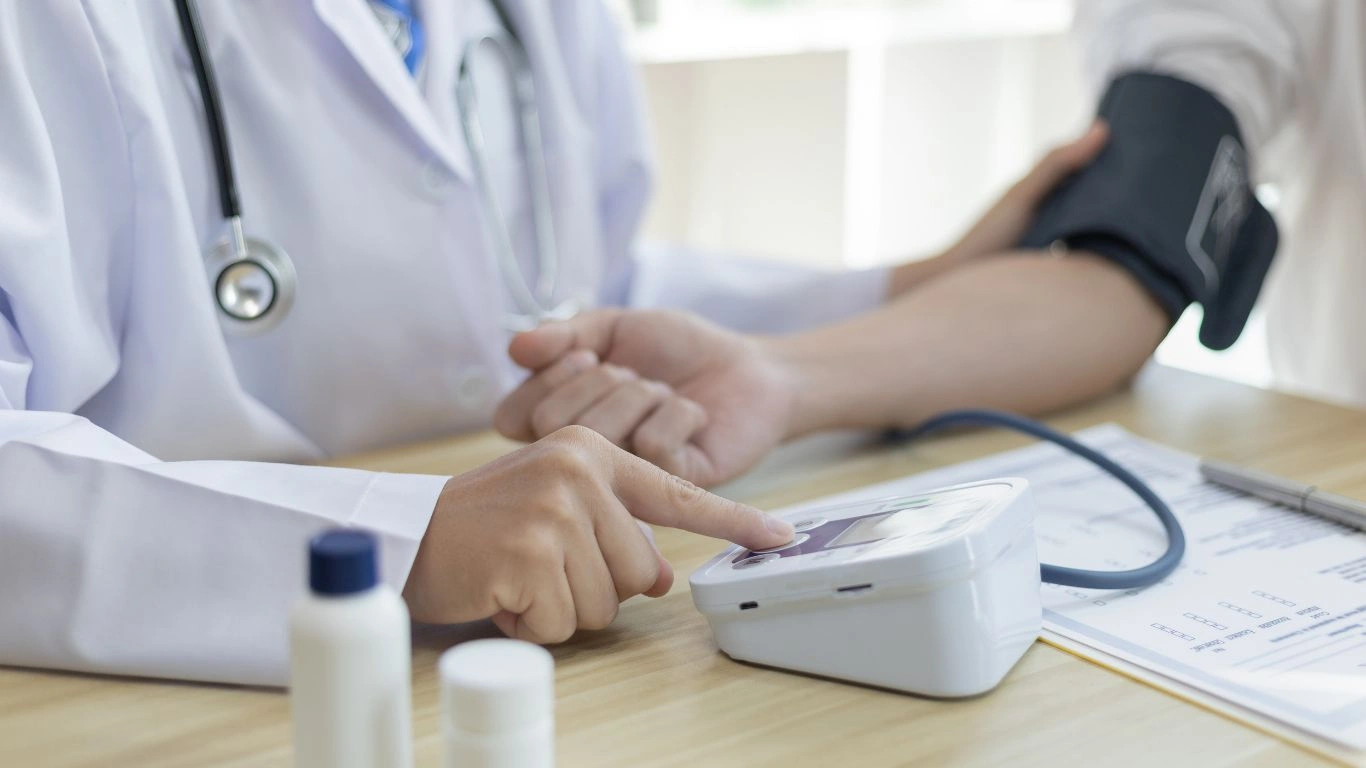
Conclusion: Make Blood Pressure-Safe Meal Prepping a Habit
Meal prepping for blood pressure management doesn’t have to be complicated. It’s about making small, consistent changes that add up over time. By focusing on whole foods, reducing sodium, hydrating properly, and including heart-healthy fats and protein in your meals, you can significantly improve your blood pressure—and your overall health.
So, start planning, prepping, and enjoying these simple, nutritious meals. Trust me, the more you incorporate these strategies into your routine, the more natural it will feel. And over time, you’ll see the results—not just in your blood pressure, but in your energy, mood, and quality of life. You’ve got this!
Meal Prepping on a Budget: Blood Pressure-Friendly Without Breaking the Bank
Managing hypertension doesn’t have to be expensive. One concern I often hear from people is that eating healthy, especially when it comes to blood pressure-safe meal prepping, can be too costly. But trust me, as someone who’s been helping people with their hypertension management for years, I can tell you that it’s totally possible to eat well and stick to a budget.
Here’s the thing: you don’t need to buy fancy superfoods or organic produce every time you meal prep. In fact, some of the best blood pressure-friendly foods are affordable and easy to find at your local grocery store. Think whole grains, beans, lentils, frozen vegetables, and bulk spices. These staples are not only good for your blood pressure, but they’re also budget-friendly and versatile.
Let’s start with beans and legumes—these are some of the best-kept secrets for anyone on a budget. They’re packed with fiber, protein, and essential nutrients like potassium and magnesium. Canned beans are affordable, or you can buy dried beans in bulk and cook them yourself. Either way, they’re a fantastic addition to any meal prep routine. You can make soups, stews, salads, or even veggie burgers. Not only are they good for your blood pressure, but they’re also filling, which helps with portion control.
Similarly, whole grains like brown rice, oats, and quinoa are cost-effective and can be bought in large quantities. These grains can be used in a variety of meals, from breakfast oatmeal to hearty grain bowls. They’ll keep you full and provide sustained energy throughout the day, without breaking the bank.

Prepare for Success: Organizing Your Meal Prep Schedule
Let’s face it: meal prepping can feel like a time-consuming task if you don’t have a system in place. But once you get into a rhythm, it becomes second nature—and it can actually save you time in the long run. Over the years, I’ve found that having a solid meal prep schedule is crucial for staying on track with blood pressure management.
The first step is to carve out a specific day for meal prepping. For most people, weekends are ideal since you typically have more free time. But it doesn’t have to be a marathon cooking session. I recommend starting with just an hour or two of prep time to begin with. That might involve washing and chopping your vegetables, cooking grains in bulk, or roasting a few trays of veggies. You don’t have to prep everything all at once—just set yourself up for the week ahead.
Next, try to break down your meal prep tasks into manageable chunks. For example, you could focus on prepping your lunches on one day and your snacks on another. You can even designate a day for protein prep—grilling chicken breasts or baking salmon for the week. By dividing the tasks up, you won’t feel overwhelmed, and you’ll stay organized.
Another helpful tip I’ve learned is to invest in a few kitchen tools that will make your meal prep process easier. A slow cooker or Instant Pot can be a lifesaver when it comes to cooking big batches of beans, stews, or soups. Having a reliable set of storage containers is also key for keeping your meals fresh throughout the week. Choose containers that are the right size for each portion, and make sure they’re easy to stack in your fridge or freezer.
7. Batch Cook and Freeze for Convenience
If you’re short on time or find that your weekdays are just too hectic, freezing your prepped meals is a great solution. Batch cooking and freezing meals not only saves time but also helps you avoid reaching for unhealthy options when you’re in a pinch. I’m a big advocate of making large batches of soup, stew, or chili and freezing individual portions for later. This way, you always have a healthy meal ready to go, and it’s super convenient when you’re in a rush.
Freezing doesn’t have to be complicated either. Simply portion out your meals in airtight containers or freezer-safe bags, label them with the date, and you’re good to go. Whether it’s a serving of quinoa, roasted vegetables, or grilled chicken, you can thaw and reheat them for a quick, blood pressure-friendly meal.

Incorporating More Plant-Based Meals into Your Prep
Another strategy that can benefit both your blood pressure and your overall health is incorporating more plant-based meals into your meal prep routine. Don’t worry, I’m not saying you have to become a full-fledged vegetarian or vegan, but adding more plant-based meals to your weekly rotation can be a game-changer for your heart health.
Plant-based foods are naturally rich in nutrients like potassium, magnesium, and fiber, all of which are essential for controlling blood pressure. They’re also low in saturated fats and cholesterol, which makes them a heart-healthy choice. Some of my go-to plant-based ingredients include beans, lentils, tofu, tempeh, and whole grains.
To get started, try incorporating one or two plant-based meals into your weekly meal prep. You could make a lentil stew, prepare a tofu stir-fry, or whip up some veggie burgers. With so many delicious and easy-to-make plant-based recipes out there, it’s simple to get creative and diversify your meals while keeping your blood pressure in check.
8. Stay Consistent and Make Adjustments as Needed
Meal prepping isn’t a one-time fix—it’s a lifestyle change. The key to maintaining healthy blood pressure through meal prepping is consistency. Sure, you might miss a prep session here and there or decide to go out for a meal, but that’s okay. It’s about finding balance and staying committed to your overall health goals. If you find that a particular recipe or ingredient isn’t working for you, don’t be afraid to adjust your plan. The beauty of meal prepping is that it’s flexible and can be tailored to your specific needs.
Also, remember that managing hypertension is about more than just what you eat. It’s about a holistic approach that includes regular exercise, stress management, and getting enough sleep. Keep those in mind as you continue with your meal prep journey. It all ties together to support a healthier lifestyle and, ultimately, better blood pressure control.
References
- American Heart Association
- Centers for Disease Control and Prevention (CDC) – Hypertension
- National Heart, Lung, and Blood Institute (NHLBI) – High Blood Pressure
Disclaimer: This content is intended for informational purposes only and should not be taken as medical advice. Always consult with your healthcare provider before making any significant changes to your diet, exercise routine, or lifestyle.

Dr. Gwenna Aazee is a board-certified Internal Medicine Physician with a special focus on hypertension management, chronic disease prevention, and patient education. With years of experience in both clinical practice and medical writing, she’s passionate about turning evidence-based medicine into accessible, actionable advice. Through her work at Healthusias.com, Dr. Aazee empowers readers to take charge of their health with confidence and clarity. Off the clock, she enjoys deep dives into nutrition research, long walks with her rescue pup, and simplifying medical jargon one article at a time.





